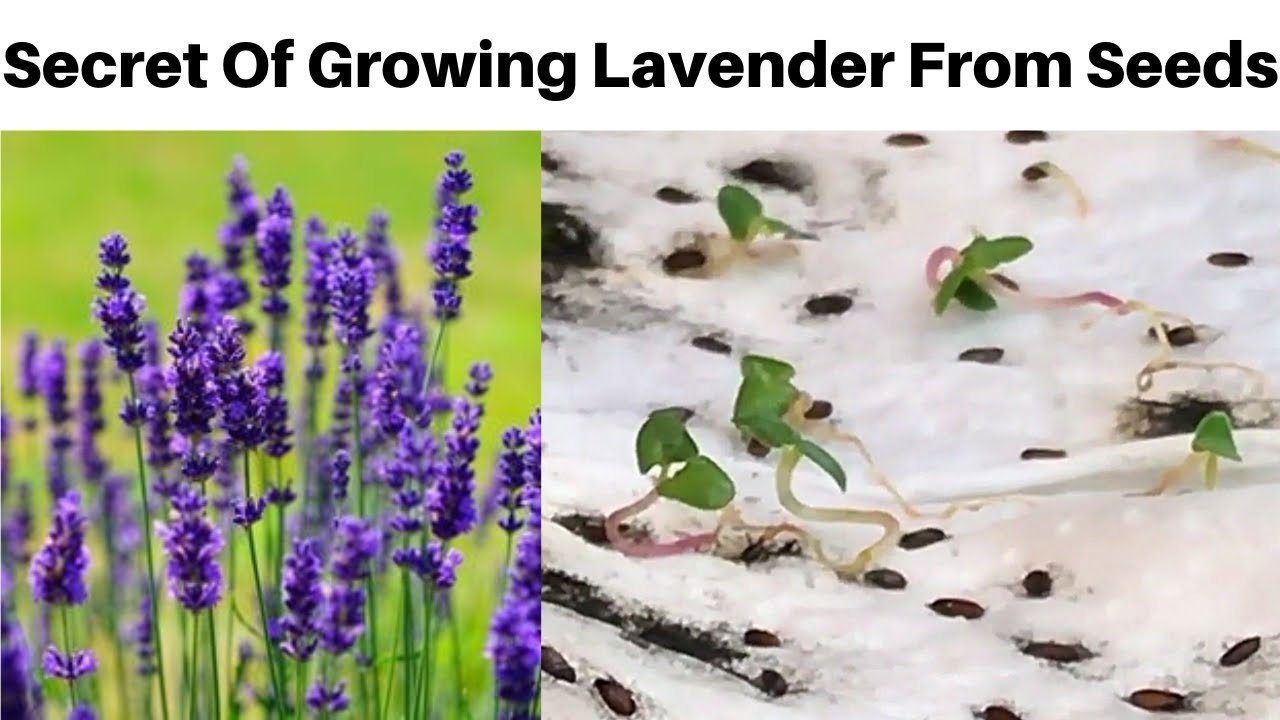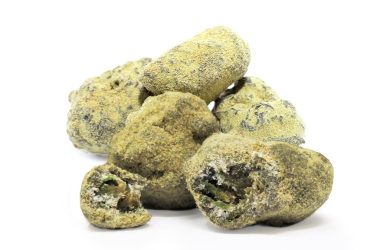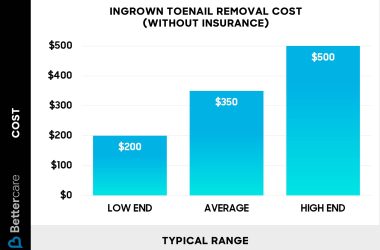Growing lavender from seeds is a rewarding journey filled with fragrant blooms and therapeutic benefits. To begin, sow lavender seeds in well-draining soil and place them in a sunny spot for optimal growth. Regular watering and patience are key in nurturing these delicate plants. How to grow lavender from seeds successfully? With care and attention, you can cultivate your own lavender garden, bringing beauty and tranquility to your outdoor space. Let’s delve into the step-by-step process of growing lavender from seeds and watch your garden blossom with vibrant hues and calming scents.
How to Grow Lavender from Seeds
Welcome, aspiring gardeners! Are you ready to add a touch of beauty and tranquility to your garden? Lavender, with its vibrant purple flowers and calming fragrance, is a delightful addition to any garden. And the best part? You can easily grow lavender from seeds right in your backyard! In this comprehensive guide, we will walk you through the step-by-step process of growing lavender from seeds. Let’s get started!
Choosing the Right Seeds
Before you begin, it’s essential to choose the right lavender seeds. There are many varieties of lavender, each with its unique characteristics. For beginners, we recommend starting with English Lavender (Lavandula angustifolia), as it is easy to grow and well-suited for a variety of climates.
Preparing the Soil
Now that you have your lavender seeds, it’s time to prepare the soil. Lavender thrives in well-draining soil, so make sure to choose a sunny location with good drainage. Sandy or loamy soil with a pH of 6.5 to 7.5 is ideal for lavender. Before planting, loosen the soil and remove any debris to create a suitable environment for your lavender seeds to grow.
Planting the Seeds
When planting lavender seeds, it’s crucial to follow the right method to ensure successful germination. Create shallow furrows in the soil, about a quarter-inch deep. Place the seeds about an inch apart in the furrows and cover them lightly with soil. Water the seeds gently to keep the soil moist but not waterlogged.
Caring for Your Lavender Plants
Once your lavender seeds have sprouted, it’s time to provide them with proper care to help them thrive. Here are some essential tips for caring for your lavender plants:
Watering:
While lavender is drought-tolerant once established, young plants need regular watering to develop strong roots. Water your lavender plants deeply once a week, allowing the soil to dry out between waterings.
Pruning:
To encourage bushy growth and more flowers, prune your lavender plants regularly. After the first bloom, trim back the spent flowers to promote new growth. In spring, prune the plants lightly to shape them and remove any dead or woody growth.
Fertilizing:
Lavender plants do not require much fertilizer. In fact, too much fertilizer can result in leggy growth and fewer flowers. Apply a balanced fertilizer sparingly in early spring, and avoid fertilizing in the fall or winter.
Harvesting Lavender
Once your lavender plants have matured, you can enjoy the beautiful blooms and harvest the fragrant flowers for various uses. To harvest lavender for drying, cut the flower stalks in the morning after the dew has dried but before the sun gets too hot. Bundle the stalks together and hang them upside down in a dry, dark place to preserve the scent.
Common Problems and Solutions
While lavender is generally a hardy plant, it can face some common issues that may affect its growth. Here are a few common problems and solutions:
Poor Drainage:
If your lavender plants are showing signs of wilting or root rot, it may be due to poor drainage. To improve drainage, consider amending the soil with sand or perlite and ensure that the planting area has adequate drainage.
Pests:
Lavender is relatively pest-resistant, but it can still attract pests like aphids or spider mites. To control pests, spray your lavender plants with a mixture of mild soap and water or neem oil. Avoid using harsh chemicals that can harm beneficial insects.
Overwatering:
One of the most common mistakes when growing lavender is overwatering. Lavender plants prefer dry conditions and are susceptible to root rot if the soil is too wet. Allow the soil to dry out between waterings and water deeply but infrequently.
Congratulations on embarking on your lavender-growing journey! Growing lavender from seeds can be a rewarding experience, bringing beauty and fragrance to your garden. By following the steps outlined in this guide and providing proper care to your lavender plants, you can enjoy a bountiful harvest of lavender blooms year after year. Happy gardening!
The Trick to Grow Lavender from Seed
Frequently Asked Questions
How do I plant lavender seeds?
To plant lavender seeds, start by filling a seed tray with well-draining seed starting mix. Sprinkle the seeds on top of the soil, press them lightly into the soil, and then mist the surface gently with water. Cover the tray with a plastic wrap or a clear lid to create a greenhouse effect. Place the tray in a warm, bright location but avoid direct sunlight. Keep the soil consistently moist until the seeds germinate.
What type of soil is best for growing lavender from seeds?
Lavender thrives in well-draining soil with a slightly alkaline pH. Use a sandy or loamy soil mix for planting lavender seeds to ensure good drainage. You can also add perlite or sand to improve drainage if needed. Avoid heavy clay soils that retain moisture, as lavender plants are susceptible to root rot in soggy conditions.
How long does it take for lavender seeds to germinate?
Lavender seeds typically take around 2 to 3 weeks to germinate, but it can sometimes take up to 6 weeks. Providing consistent moisture, warmth, and bright light will help speed up the germination process. Be patient and continue to care for the seeds while they germinate.
When should I plant lavender seeds?
The best time to plant lavender seeds is in early spring, a few weeks before the last frost date in your area. This allows the seeds to germinate and grow into healthy seedlings before transplanting them outdoors in the warmer weather. Lavender plants prefer warm temperatures and plenty of sunlight, so starting the seeds indoors early will give them a good head start.
Final Thoughts
In conclusion, growing lavender from seeds is a rewarding and simple process. Start by sowing the seeds in well-draining soil and keeping them moist. Ensure they receive plenty of sunlight for optimal growth. Remember to be patient as lavender seeds may take a few weeks to germinate. With proper care and effort, you can successfully grow lavender from seeds and enjoy the beauty and fragrance it brings to your garden.












